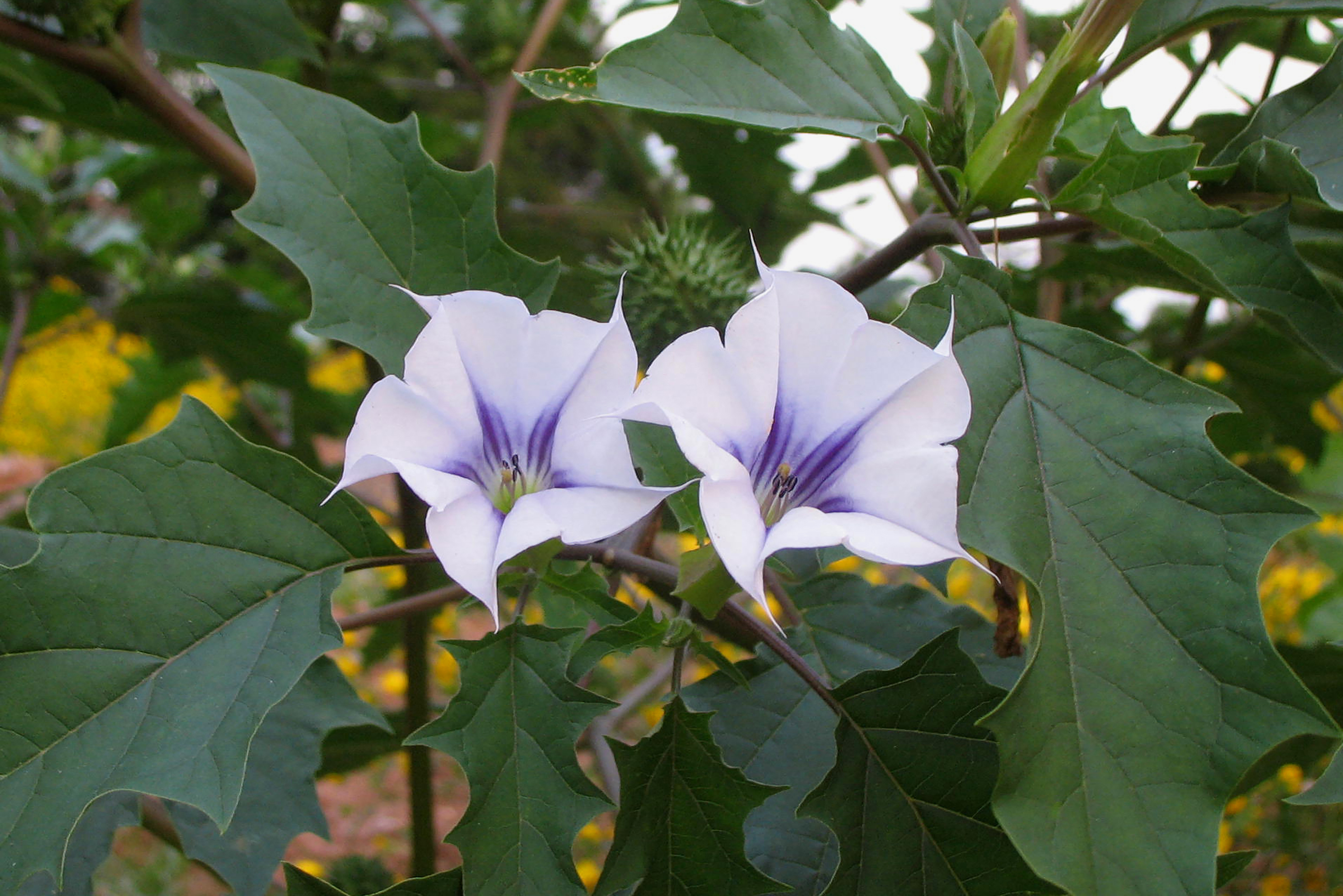The Surprising Health Benefits of Eating Weeds
Ask any gardener what the most overwhelming part of their job is, and they’ll probably tell you “weeding.” It’s a necessary evil – and yet, some people find the action of ripping plants from the ground to be surprisingly therapeutic. But if you’ve ever walked out into the yard and recoiled in horror at the sight of unwelcome horticultural guests, you know how stressful it can be.
Instead of working against weeds, why not work with them to make your garden the best it can be? “But that makes no sense,” you say, “that clover is choking out my lawn!” While it’s true that every space needs some thinning to ensure that your plants get the nutrients they need to grow, weeds play an important role in the garden, from breaking up compacted dirt to providing a barometer of the soil from which they sprout (they also give you a hint at what type of soil you have– knowledge that’s absolutely essential in ensuring optimal germination and growth).
Though they vary in species from region to region, “weeds” spent hundreds of millions of years learning to adapt to weather, predators, humans, you name it. As a result, most of them have developed defense mechanisms to ensure their survival. Some, like the ubiquitous dandelion, have deep taproots that reach into the soil to mine minerals and moisture that young plants may not be able to reach. These “deep divers” also create breathing room in crowded soil, giving roots of vegetable plants more room to “eat,” so to speak.
She notes that watermelons and onions from the weediest part of the patch grow to be larger or better tasting than those from better groomed areas, and some farmers even plant weeds like Jimsonweed to boost the vitality of their pumpkin patch.
Exhausted 9-to-5ers, take note: certain vegetables can actually benefit from a laxer approach to weeding! In her essential book, Carrots Love Tomatoes, Louise Riotte mentions several common weed-plant partnership. She notes that watermelons and onions from the weediest part of the patch grow to be larger or better tasting than those from better groomed areas, and some farmers even plant weeds like Jimsonweed to boost the vitality of their pumpkin patch.
Weeds tend to proliferate wherever conditions are favorable, but every plant (and weed) has a preferred soil type (or types). If all you see in a patch of dirt is stinging nettle and quack grass, you might have heavy clay soil-– not easy to work with, but favorable for asters and Japanese irises. Other weeds serve as indicators that you’re doing something right, and you’re working with fertile land; if nothing but lambs-quarters and horehound are populating your yard, it’s a good sign. Taking the time to learn and identify common weeds is a bit like being a detective; careful observation is key. [Editor’s Note: We’ll be running a story on edible weeds in the future– stay tuned!]
All plants are nutrient sinks, so let your weeds die out in the fall. Come spring, those nutrients will feed another generation and keep the garden going. You can also make a liquid fertilizer or “weed tea” for a bigger boost (no, you won’t get stoned).
And so, I speak in defense of the much-maligned weeds, Mother Earth’s ruthless freeloaders. They may suck and they may be ugly, but by working with them carefully and confidently, even a gardener’s worse weeds tend to redeem themselves– if only a little. So don’t stress out. A little competition is a good thing.




































